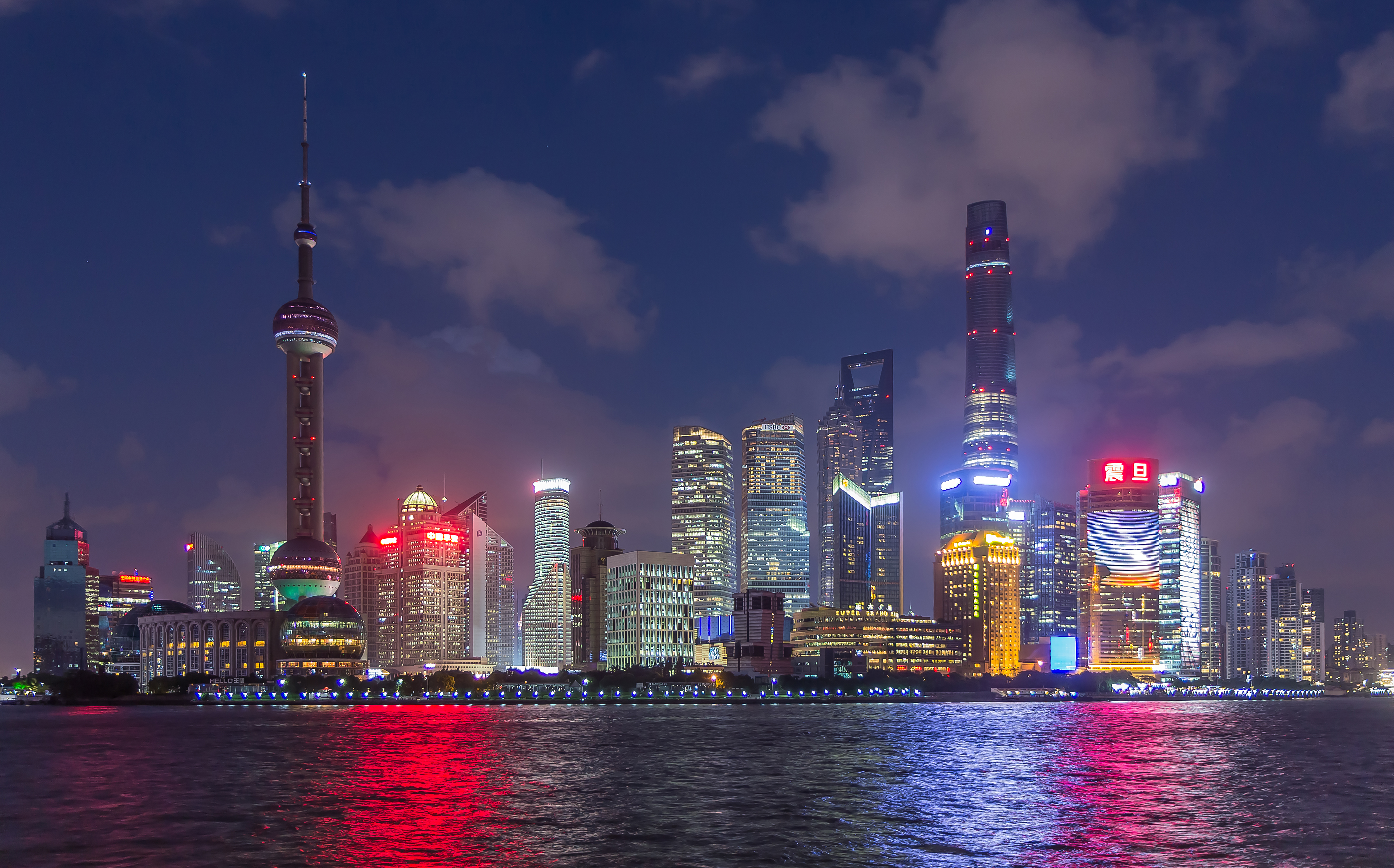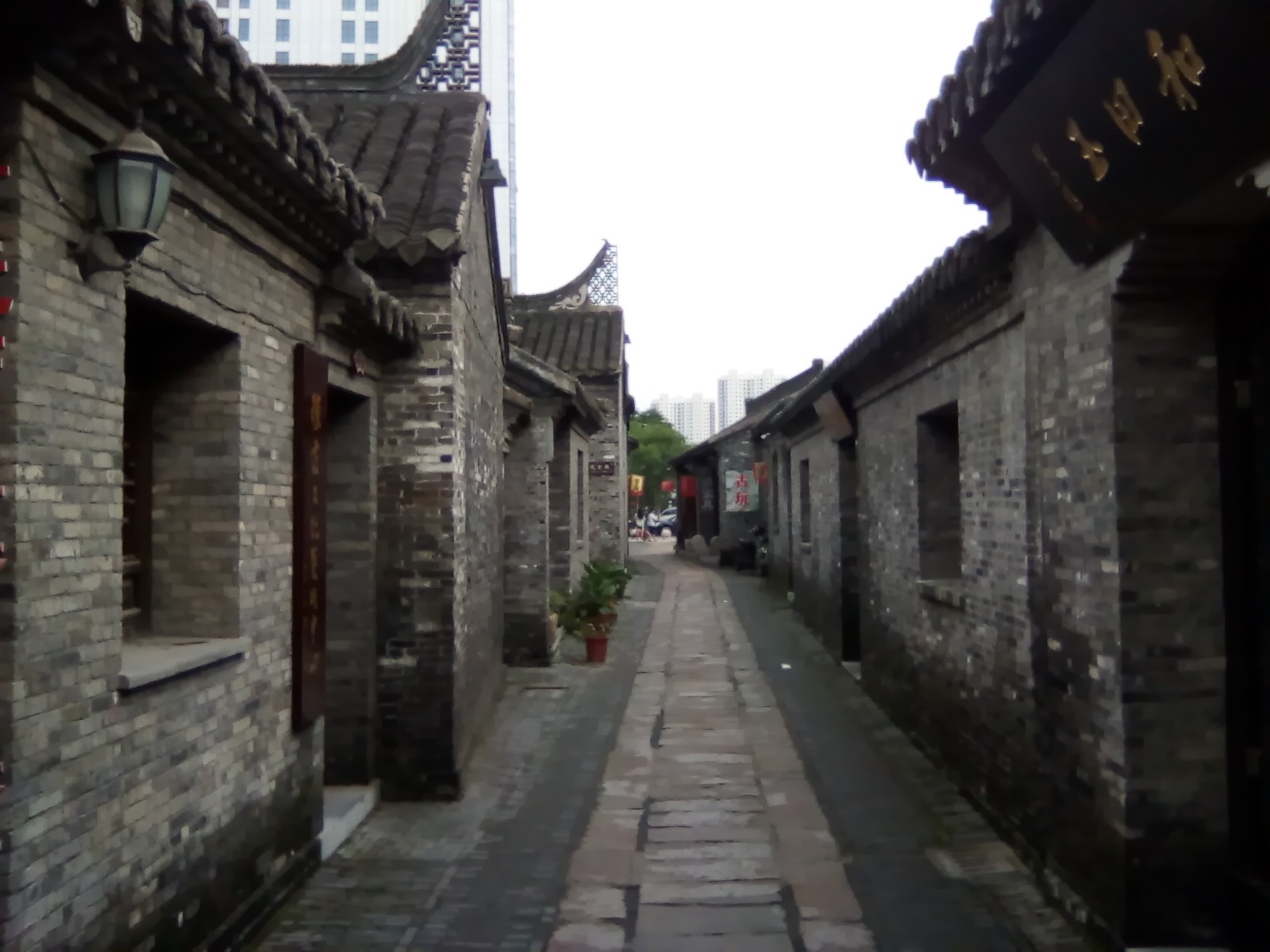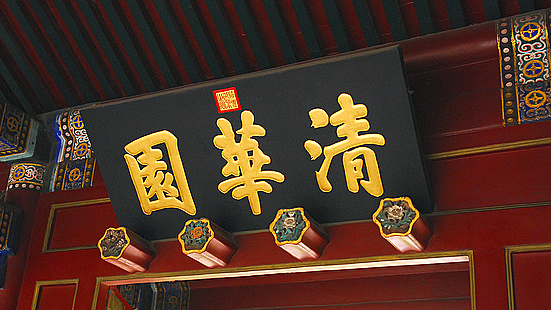|
Lian Island
Lian Island () is the largest island in Lianyun District, Lianyungang, Jiangsu, China. The island is located inside Haizhou Bay in the Yellow Sea. It is long from east to west across the island and it has an area of . 80% of the island is covered with forests. The longest sea dyke nationally ( long) connects the island with the east of the city of Lianyungang. Lian Island is the only AAAA-class seashore tourist attraction in Jiangsu. The island was formerly known as Yingyou hill. Climate Lian Island is on the southern edge of the temperate zone, which results in its subtropical monsoon maritime climate. With distinct seasons and pleasant weather, climates here are humid due to the influence of the sea. The average annual temperature is 14 °C (57.2 Degrees Fahrenheit) with the highest average temperature in August at 26.8 °C (80.24 Degrees Fahrenheit) and the lowest in January at 1.1 °C. (33.98 Degrees Fahrenheit) Throughout the year, there are approximately ... [...More Info...] [...Related Items...] OR: [Wikipedia] [Google] [Baidu] |
Province (China)
The provincial level administrative divisions () are the highest-level administrative divisions of China. There are 34 such divisions claimed by the People's Republic of China, classified as 23 provinces (), five autonomous regions of China, autonomous regions, four Direct-administered municipalities of China, municipalities and two Special administrative regions of China, special administrative regions. The political status of Taiwan, political status of Taiwan Province, People's Republic of China, Taiwan Province along with Fukien Province, Republic of China, a small fraction of Fujian Province remain in dispute; those are under separate rule by the Taiwan, Republic of China, which is usually referred to as "Taiwan". Every province on Mainland China (including the island province of Hainan) has a Chinese Communist Party (CCP) provincial committee (), headed by a secretary (). The Chinese Communist Party Committee Secretary, Committee Secretary is effectively in charge of the p ... [...More Info...] [...Related Items...] OR: [Wikipedia] [Google] [Baidu] |
Jiangsu
Jiangsu (; ; pinyin: Jiāngsū, Postal romanization, alternatively romanized as Kiangsu or Chiangsu) is an Eastern China, eastern coastal Provinces of the People's Republic of China, province of the China, People's Republic of China. It is one of the leading provinces in finance, education, technology, and tourism, with its capital in Nanjing. Jiangsu is the List of Chinese administrative divisions by area, third smallest, but the List of Chinese administrative divisions by population, fifth most populous and the List of Chinese administrative divisions by population density, most densely populated of the 23 provinces of the People's Republic of China. Jiangsu has the highest GDP per capita of Chinese provinces and second-highest GDP of Chinese provinces, after Guangdong. Jiangsu borders Shandong in the north, Anhui to the west, and Zhejiang and Shanghai to the south. Jiangsu has a coastline of over along the Yellow Sea, and the Yangtze River passes through the southern part ... [...More Info...] [...Related Items...] OR: [Wikipedia] [Google] [Baidu] |
Prefecture-level City
A prefecture-level city () or prefectural city is an administrative division of the People's Republic of China (PRC), ranking below a province and above a county in China's administrative structure. During the Republican era, many of China's prefectural cities were designated as counties as the country's second level division below a province. From 1949 to 1983, the official term was a province-administrated city (Chinese: 省辖市). Prefectural level cities form the second level of the administrative structure (alongside prefectures, leagues and autonomous prefectures). Administrative chiefs (mayors) of prefectural level cities generally have the same rank as a division chief () of a national ministry. Since the 1980s, most former prefectures have been renamed into prefectural level cities. A prefectural level city is a "city" () and "prefecture" () that have been merged into one consolidated and unified jurisdiction. As such it is simultaneously a city, which is a munici ... [...More Info...] [...Related Items...] OR: [Wikipedia] [Google] [Baidu] |
Lianyungang
Lianyungang () is a prefecture-level city in northeastern Jiangsu province, China. It borders Yancheng to its southeast, Huai'an and Suqian to its south, Xuzhou to its southwest, and the province of Shandong to its north. Its name derives from Lian Island, the largest island in Jiangsu which lies off its coastline, and Yuntai Mountain, the highest peak in Jiangsu, a few miles from the city center, and the fact that it is a port. The name can be literally translated as the Port Connecting the Clouds. Lianyungang was home to 4,599,360 inhabitants as of the 2020 census whom 1,210,767 lived in the built-up (''or metro'') area made of Haizhou and Lianyun counties. Lianyungang was known in the West as Haichow (Postal romanization), which means the City of Sea. Haichow was opened to foreign trade by the Qing imperial government in 1905. Geography Lianyungang is between 118°24' and 119°48' east longitude and 34°11' and 35°07' north latitude. Lianyungang covers an area of . Admin ... [...More Info...] [...Related Items...] OR: [Wikipedia] [Google] [Baidu] |
Lianyun District
Lianyun District () is one of three urban districts of Lianyungang, Jiangsu province, China. Administrative divisions Lianyun District has 7 subdistricts, 1 town and 3 townships. ;7 subdistricts ;1 town * Chaoyang () ;3 townships * Sucheng () * Gaogongdao () * Qiansandao () See also * Lian Island Lian Island () is the largest island in Lianyun District, Lianyungang, Jiangsu, China. The island is located inside Haizhou Bay in the Yellow Sea. It is long from east to west across the island and it has an area of . 80% of the island is covered ... References www.xzqh.org External links County-level divisions of Jiangsu Lianyungang {{Jiangsu-geo-stub ... [...More Info...] [...Related Items...] OR: [Wikipedia] [Google] [Baidu] |
Tourist Attraction Rating Categories Of China
Tourism in China is a growing industry that is becoming a significant part of the Chinese economy. The rate of tourism has expanded over the last few decades since the beginning of reform and opening-up. The emergence of a newly rich middle class and an easing of restrictions on movement by the Chinese authorities are both fueling this travel boom. China has become one of world's largest outbound tourist markets. According to Euromonitor International, economic growth and higher incomes in nearby Asian countries will help China to become the world's number one tourist destination by 2030. China ranked second in the world for travel and tourism's contribution to GDP in 2022 ($814.1 billion), and first in the world for travel and tourism's contribution to employment (66,086,000 jobs in 2014). Tourism, based on direct, indirect, and induced impact, accounted for 9.3 percent of China's GDP in 2013. In 2017, the total contributions of China's Travel and Tourism sector made up 11% of ... [...More Info...] [...Related Items...] OR: [Wikipedia] [Google] [Baidu] |
Deng Xiaoping
Deng Xiaoping (22 August 1904 – 19 February 1997) was a Chinese revolutionary leader, military commander and statesman who served as the paramount leader of the People's Republic of China (PRC) from December 1978 to November 1989. After CCP chairman Mao Zedong's death in 1976, Deng gradually rose to supreme power and led China through a series of far-reaching market-economy reforms earning him the reputation as the "Architect of Modern China". He contributed to China becoming the world's second largest economy by GDP nominal in 2010. Born in the province of Sichuan in the Qing dynasty, Deng studied and worked in France in the 1920s, where he became a follower of Marxism–Leninism and joined the Chinese Communist Party (CCP) in 1924. In early 1926, Deng travelled to Moscow to study Communist doctrines and became a political commissar for the Red Army upon returning to China. In late 1929, Deng led local Red Army uprisings in Guangxi. In 1931, he was demoted within the ... [...More Info...] [...Related Items...] OR: [Wikipedia] [Google] [Baidu] |
Beijing
} Beijing ( ; ; ), alternatively romanized as Peking ( ), is the capital of the People's Republic of China. It is the center of power and development of the country. Beijing is the world's most populous national capital city, with over 21 million residents. It has an administrative area of , the third in the country after Guangzhou and Shanghai. It is located in Northern China, and is governed as a municipality under the direct administration of the State Council with 16 urban, suburban, and rural districts.Figures based on 2006 statistics published in 2007 National Statistical Yearbook of China and available online at archive. Retrieved 21 April 2009. Beijing is mostly surrounded by Hebei Province with the exception of neighboring Tianjin to the southeast; together, the three divisions form the Jingjinji megalopolis and the national capital region of China. Beijing is a global city and one of the world's leading centres for culture, diplomacy, politics, finance, busi ... [...More Info...] [...Related Items...] OR: [Wikipedia] [Google] [Baidu] |
Hu Jintao
Hu Jintao (born 21 December 1942) is a Chinese politician who served as the 16–17th general secretary of the Chinese Communist Party (CCP) from 2002 to 2012, the 6th president of the People's Republic of China (PRC) from 2003 to 2013, and chairman of the Central Military Commission (CMC) from 2004 to 2012. He was a member of the CCP Politburo Standing Committee, China's ''de facto'' top decision-making body, from 1992 to 2012. Hu was the paramount leader of China from 2002 to 2012. Hu rose to power through the Chinese Communist Party (CCP), notably as Party Committee secretary for Guizhou province and the Tibet Autonomous Region, where his harsh repression of dissent gained him attention from the highest levels. He moved up to first secretary of the CCP Central Secretariat and vice president under CCP general secretary Jiang Zemin. Hu was the first leader of the Communist Party from a generation younger than those who participated in the civil war and the founding of ... [...More Info...] [...Related Items...] OR: [Wikipedia] [Google] [Baidu] |
Zhuo Lin
Zhuo Lin (April 6, 1916 – July 29, 2009) was the third and last wife of Deng Xiaoping, former Paramount leader of China. Biography Born Pu Qiongying () in Xuanwei, Yunnan province, she was the daughter of an industrialist who manufactured Yunnan ham. She attended Peking University, then moved to the Chinese Communist Party base in Yan'an, changed her name to Zhuo Lin, and then joined the Chinese Communist Party in 1938. In 1939 she married Deng in front of Mao Zedong's cave dwelling in Yan'an. They had five children - three daughters (Deng Lin, Deng Nan, Deng Rong) and two sons (Deng Pufang, Deng Zhifang). She died on July 29, 2009, aged 93, in Beijing } Beijing ( ; ; ), alternatively romanized as Peking ( ), is the capital of the People's Republic of China. It is the center of power and development of the country. Beijing is the world's most populous national capital city, with over 21 .... References External linksObituary {{DEFAULTSORT:Zhuo, Lin 1916 ... [...More Info...] [...Related Items...] OR: [Wikipedia] [Google] [Baidu] |
Tsinghua University
Tsinghua University (; abbreviation, abbr. THU) is a National university, national Public university, public research university in Beijing, China. The university is funded by the Ministry of Education of the People's Republic of China, Ministry of Education. The university is a member of the C9 League, Double First Class University Plan, Project 985, and Project 211. Since its establishment in 1911, it has produced many notable leaders in science, engineering, politics, business, academia, and culture. As of 2022, Tsinghua University ranked 14th in the world by the 2023 QS World University Rankings and 16th globally by the 2022 ''Times Higher Education World University Rankings''. In 2021, Tsinghua ranked first in the Asia-Pacific region by ''Times Higher Education World University Rankings#Asia, THE Asia University Rankings'' and the U.S. News & World Report Best Global Universities Ranking, ''U.S. News & World Report''. History Early 20th century (1911–1949) ... [...More Info...] [...Related Items...] OR: [Wikipedia] [Google] [Baidu] |


.jpg)

.jpg)


